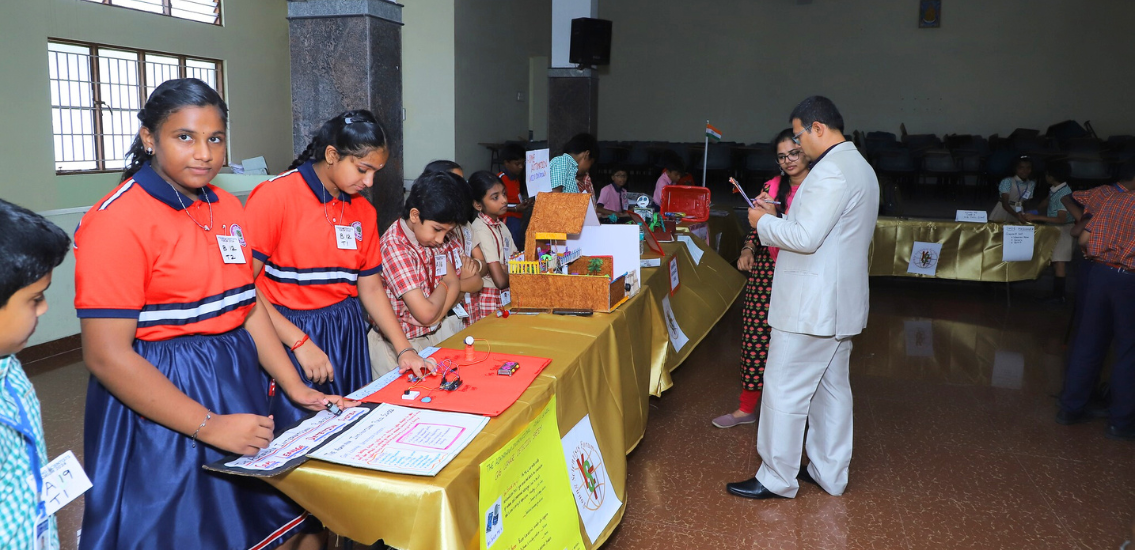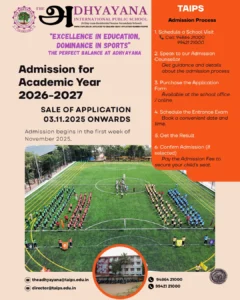Riya, a seventh-grade student in a CBSE school, loved science but struggled with math. While her friends quickly grasped mathematical concepts, she often felt left behind. In class, the pace of teaching felt overwhelming, and she rarely got the chance to ask questions. This left her frustrated and unsure of how to improve. However, everything changed when her school introduced personalized learning plans.
Her teacher sat down with her to understand her strengths, challenges, and learning style. Together, they created a customized plan that included focused math practice, visual aids, and real-life examples to simplify complex concepts. Within weeks, Riya began to see progress. What seemed impossible earlier now felt achievable. Her confidence grew, and so did her grades.
What Is a Personalized Learning Plan?
A personalized learning plan (PLP) is a tailored approach to education that focuses on the individual needs, interests, and abilities of each student. Unlike traditional teaching methods, where one size fits all, a personalized learning plan adapts to a student’s unique pace and learning style.
This strategy takes into account factors such as:
Learning Preferences: Some students learn better through visuals, while others prefer reading or hands-on activities.
Strengths and Weaknesses: Areas where students excel or need improvement are prioritized.
Goals: Specific academic and personal goals are set to keep students motivated and focused.
Why Personalized Learning Matters
Every student is unique, and so are their learning needs. Traditional classrooms often cater to the average student, leaving behind those who need extra support or those who crave more challenges. Personalized learning addresses this gap, ensuring that no one is left out.
For instance, a student like Riya, who struggles in math but excels in science, can benefit from a plan that provides extra math practice while nurturing her love for science. This not only improves academic performance but also keeps the student engaged and motivated.
How Personalized Learning Works

Creating a personalized learning plan involves a collaborative approach between teachers, students, and sometimes parents. Here’s how it typically works:
Assessment: Teachers assess the student’s current knowledge, skills, and learning preferences.
Goal Setting: Specific, measurable goals are established to track progress.
Customized Activities: Learning activities are tailored to suit the student’s needs, such as visual aids for visual learners or practical experiments for hands-on learners.
Regular Feedback: Progress is reviewed regularly, and the plan is adjusted as needed.
Benefits of a Personalized Learning Plan
Addresses Individual Needs: Students receive support in areas where they struggle and challenges in areas where they excel.
Boosts Confidence: Achieving goals at their own pace helps students build confidence and reduces stress.
Encourages Active Participation: Personalized plans make learning more engaging, encouraging students to take ownership of their education.
Prepares for Future Success: Students develop problem-solving skills, self-discipline, and independence, which are essential for lifelong learning.
Riya’s Transformation Through Personalized Learning
Riya’s personalized learning plan didn’t just improve her math skills; it changed her entire perspective on learning. Her teacher included small, achievable goals, which made her progress measurable and rewarding. For example, she focused on solving five basic problems daily, gradually increasing the difficulty as her understanding improved.
Her parents also became involved, creating a supportive environment at home. With consistent practice and encouragement, Riya’s math scores improved significantly. She even started helping her classmates, something she never imagined she could do.
Why Every Student Deserves a Personalized Learning Plan
Education is not just about acquiring knowledge; it’s about unlocking each student’s potential. A personalized learning plan ensures that students are not just passive recipients of information but active participants in their educational journey.
By recognizing individual strengths and addressing weaknesses, schools can create an inclusive environment where every student feels valued and supported. Personalized learning bridges the gap between what students need and what traditional classrooms offer, preparing them for academic success and real-world challenges.
In a world that increasingly values creativity, critical thinking, and adaptability, personalized learning equips students with the tools they need to thrive. It’s not just a method; it’s a necessity for modern education.


